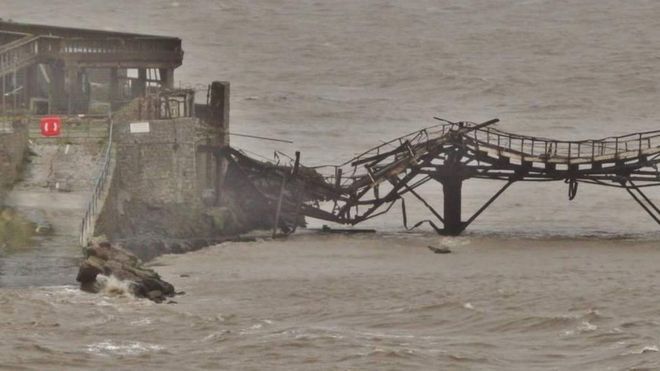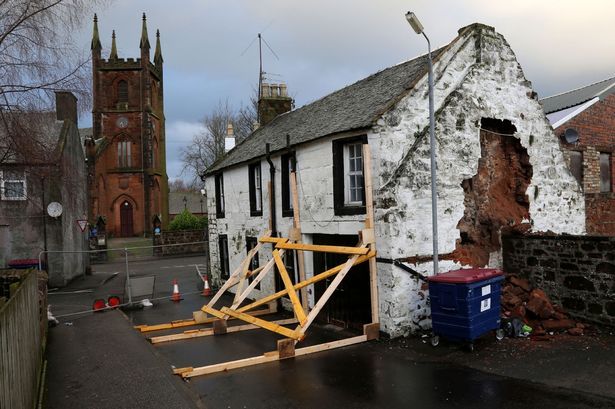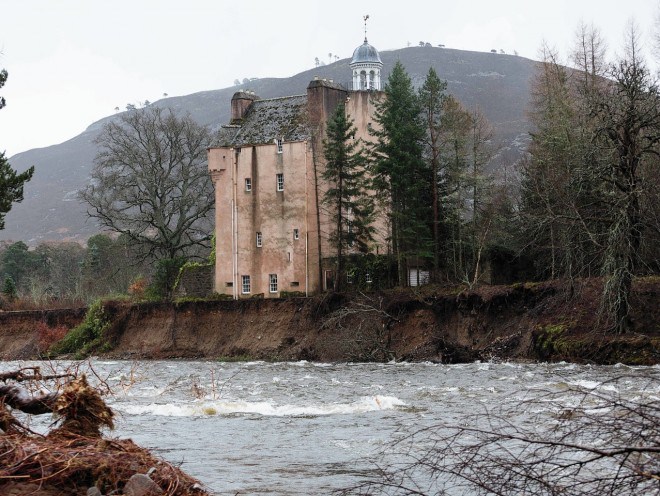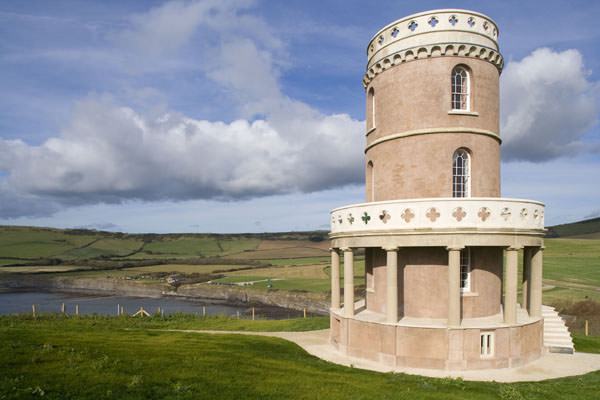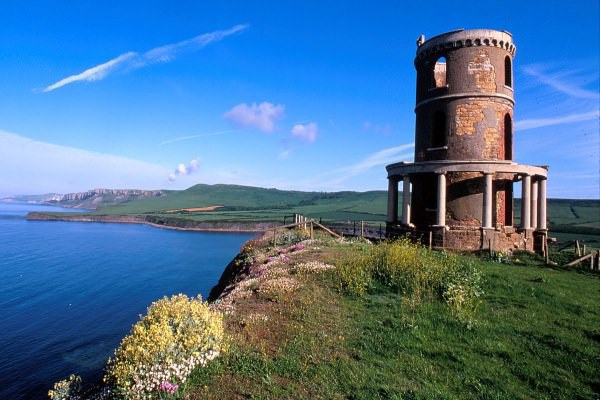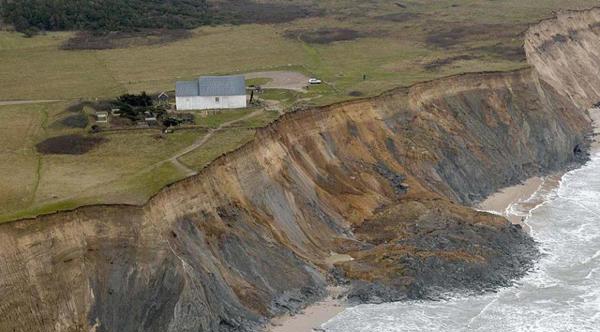UPDATED March 10
DCLG's starter homes technical consultation: now due ‘shortly’/ ‘imminently’
According to DCLG (on 9 March), the technical consultation on starter homes will be launched ‘imminently’ - or ‘shortly’.
Some details of the matters it will cover have now been revealed.
Views will be sought on:
-
What a ‘reasonably-sized site’ will be, for a (yet to be defined) proportion of starter homes to be required
-
What the minimum age for a purchaser should be (the maximum age of 40 being in the Bill, plus the
Lords’ amendment to potentially allow older joint purchasers)
-
How to prevent the potential use of a starter home as a short term investment product
-
How the ‘policy’ would work during the first 5 years of a starter home (re. ownership, renting and sale – should ‘staircasing’ be introduced)
-
Possible exception sites and the introduction of viability testing
-
Commuted sums for off-site provision of starter homes
-
Transitional arrangements
-
Monitoring
It has also been made clear that some key lenders are yet to be convinced on being mortgagees for starter homes (their concerns may relate for example to the sale price on repossession, before the 5 years have expired). DCLG recognises that some lenders ‘may only come on stream later’.
DCLG is understood to currently be working on ‘Scheme Design Guides’ for:
The RICS is currently working on guidance on local market valuations.
By the end of 2016, DCLG is currently saying that all starter homes legislation, policy and guidance should be in force/ in place – alongside the previously-announced
funding to support delivery.
The majority of enquiries we have received from clients regarding current proposed legislative and policy changes relate to starter homes. Key questions are:
-
Will starter homes become another category of affordable housing?
-
What would be the procedure for planning obligation exemptions/CIL relief for starter homes?
-
Can we seek/renegotiate starter home provision instead of affordable housing with immediate effect?
-
What secondary legislation relating to starter homes is necessary and when could it come into force?
1. Will starter homes become another category of affordable housing?
Under the
Housing and Planning Bill 2015-2016 (‘The Bill’) there will be a statutory duty for local planning authorities (LPAs) to provide starter homes on yet-to-be defined sites. This would be in parallel with local authority (LA) requirements for affordable housing set out in development plans.
Subject to any transitional arrangements in secondary legislation, the proposed statutory duty for LPAs to require starter homes would in effect override development plan policies, and thus affordable housing would have to be provided in accordance with the development plan only if it remains viable after starter home provision (and other planning obligations, which may include another new statutory duty, for providing self-build and custom build housing) are taken into account. Therefore starter homes do not need to be defined as affordable housing, although the government proposes to amend the
National Planning Policy Framework (NPPF) so that this will be the case.
2. What would be the procedure for planning obligation exemptions/ CIL relief for starter homes?
If the NPPF is amended to include starter homes in the definition of affordable housing, then no affordable housing contribution should be sought by an LPA for the starter home element of a development, subject potentially to a transitional period for areas with an adopted plan.
The amendment to the definition of affordable housing in the NPPF will have an impact on adopted development plans and development plan preparation. Development plans may be drafted/ amended to set out the local starter home requirement, and the proportion of the affordable housing (i.e. the tenure split) that starter homes should comprise as a consequence. Where a review of the development plan is required, the government currently suggests that a six to twelve month transition period to amend policies will be sufficient. In the interim, LPAs will perhaps assess the acceptability of the level of starter home provision proposed in a scheme against the available population data for 18-40 year olds.
Once the NPPF is amended, and the development plan updated to reflect it (circa 9-15 months from now), the same starter homes provision could both meet the LPA’s (then) statutory duty to provide starter homes on certain sites, and comply with development plan policy.
The community infrastructure levy (CIL) will not be payable if the CIL Regulations 2010 further are amended to provide exemption or relief for starter homes (which is expected).
3. Can we seek/renegotiate starter home provision instead of affordable housing with immediate effect?
Developers can pursue schemes for/ including starter homes now, proposing that they will be in lieu of affordable housing. Whether the starter homes were to be on sites allocated/ not allocated for housing, or on the starter homes exception sites
defined in planning practice guidance (PPG), they would remain CIL-liable, unless a charging authority has zero-rated such homes.
Exemption from CIL would only be as a consequence of future CIL Regulation amendments. If on an exception site, the LPA should not seek affordable housing contributions, in line with the
2 March 2015 Ministerial Statement and
planning obligations section of the PPG. And if the NPPF is amended as proposed, the national policy approach would be that these homes would themselves be affordable housing and would therefore be exempt from affordable housing contributions.
The Housing and Planning Minister has already encouraged LPAs to take a positive approach to the renegotiation of s106 obligations with an affordable housing requirement. Once the NPPF’s new definition of affordable housing is in place, this renegotiation could include providing starter homes instead of/ as well as tenures currently defined as affordable housing. Prior to revisions to the NPPF, the current consultation document is a material consideration but one that carries limited weight, as no draft policies have been set out and responses not yet received nor published.
Therefore a developer may have difficulty convincing an LPA that the starter homes’ contribution is so material, and its inclusion in a development proposal so worthwhile, that it should be provided e.g. at the expense of affordable housing contributions, and potentially other infrastructure contributions (either not covered by CIL or where there is no charging schedule in place).
Where a development plan is up to date, and its affordable housing requirements are evidence-based (on objectively assessed need), seeking to renegotiate a s106 to include starter homes is less likely to succeed.
Ultimately an LPA’s willingness to accept this line of argument will vary significantly from council to council, depending on how concerned each LPA is about the need for/ the future difficulty of securing tenures that fall within the current definition of affordable housing.
If starter homes become affordable housing, many residential sites for/ including starter homes will have a good prospect of success on application/ appeal.
Prospects of success will improve when the proposed policy change and legislative amendments take effect/ come into force, meaning that if an LPA does not accept starter homes as affordable housing now, the prospects of success for amending extant permissions by way of a s106BA application by the summer may well be good.
Another legislative change to consider is clause 143 of the Bill which seeks to provide the Secretary of State (SoS) with a power to restrict, or impose other conditions on, the enforcement of planning obligations in relation to affordable housing ‘in certain situations’. Our interpretation is that regulations could, for example, restrict enforcement action if a developer constructs and sells starter homes in lieu of a different tenure agreement in a s106 obligation. It is not clear at present whether such powers would apply to planning obligations relating to planning permissions granted prior to the regulations coming into force.
4. What secondary legislation relating to starter homes is necessary and when could it come into force?
If the Housing and Planning Bill 2015-16 gains Royal Assent in April, the starter homes sections of the Act could commence, and secondary legislation come into force, that month. The secondary legislation may however not come into force until October, 2016.
New developments providing starter homes as affordable housing following an amended NPPF definition are likely to have similar timescales. The revised NPPF and amended affordable housing definition will probably be put in place in the spring (i.e. by the end of June), at which point the inclusion of starter homes as a form of affordable housing, consistent with the revised NPPF, would be a material consideration.
